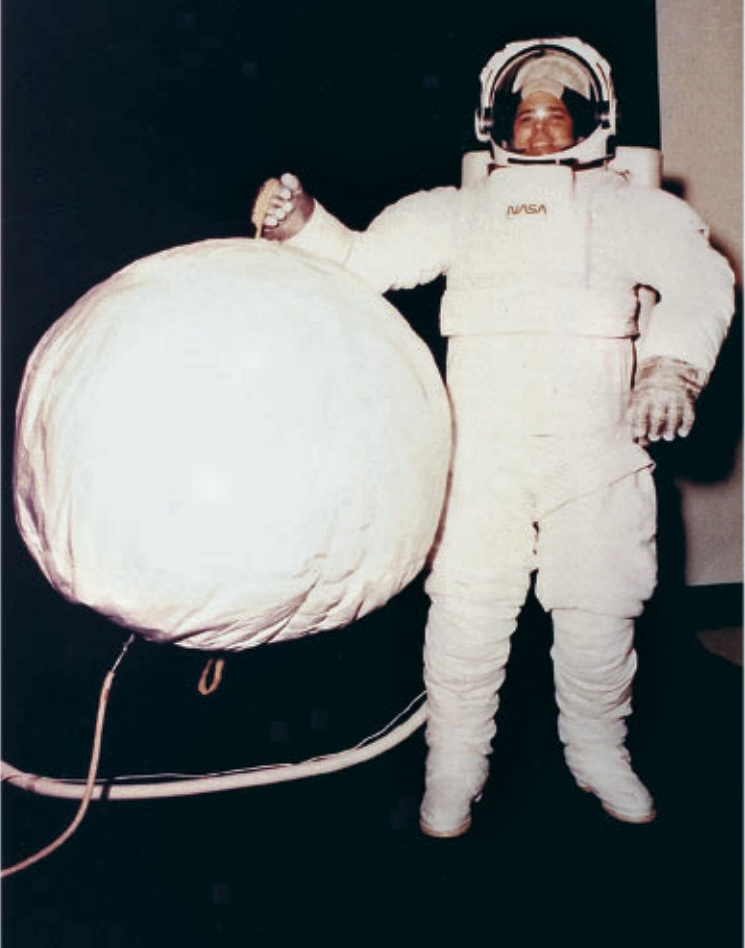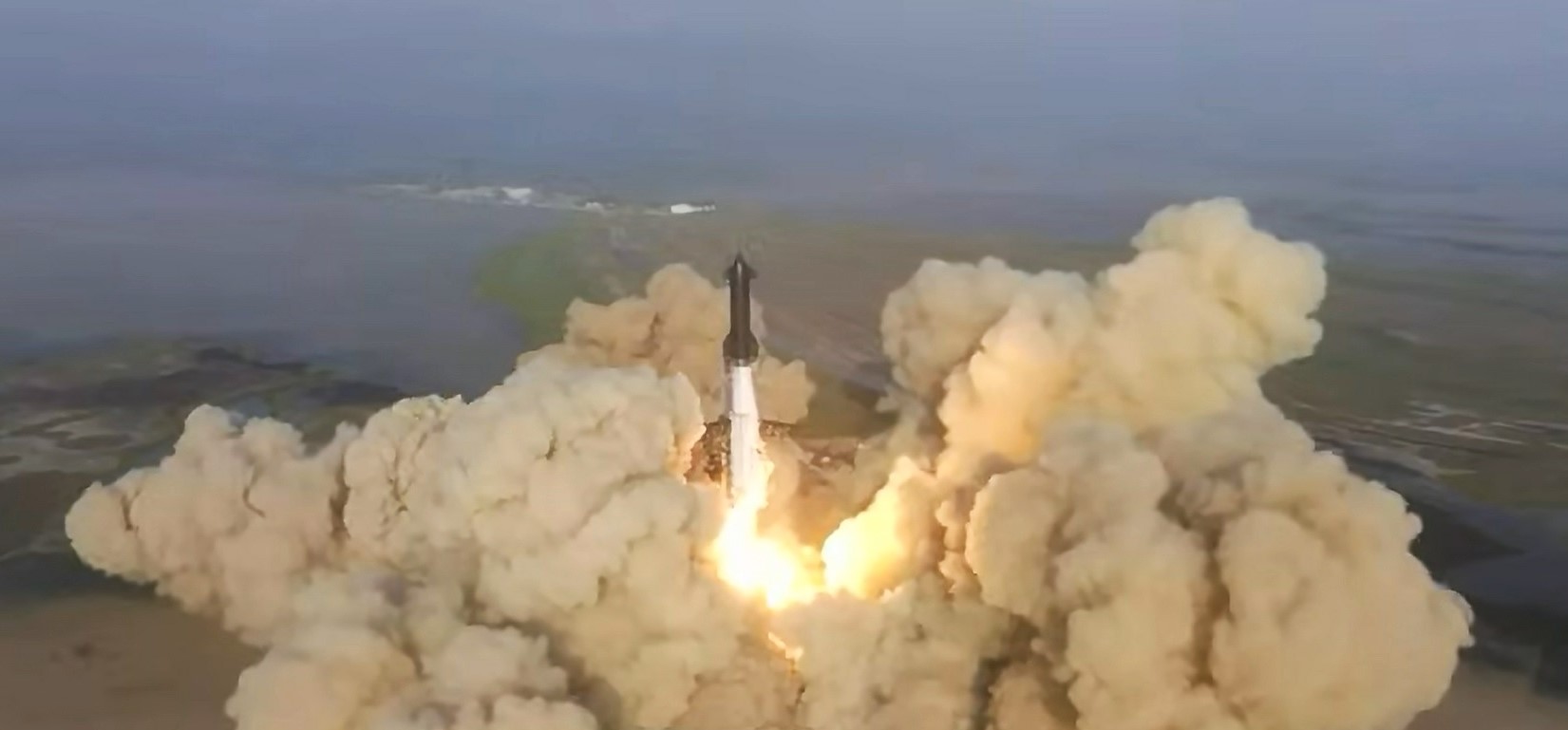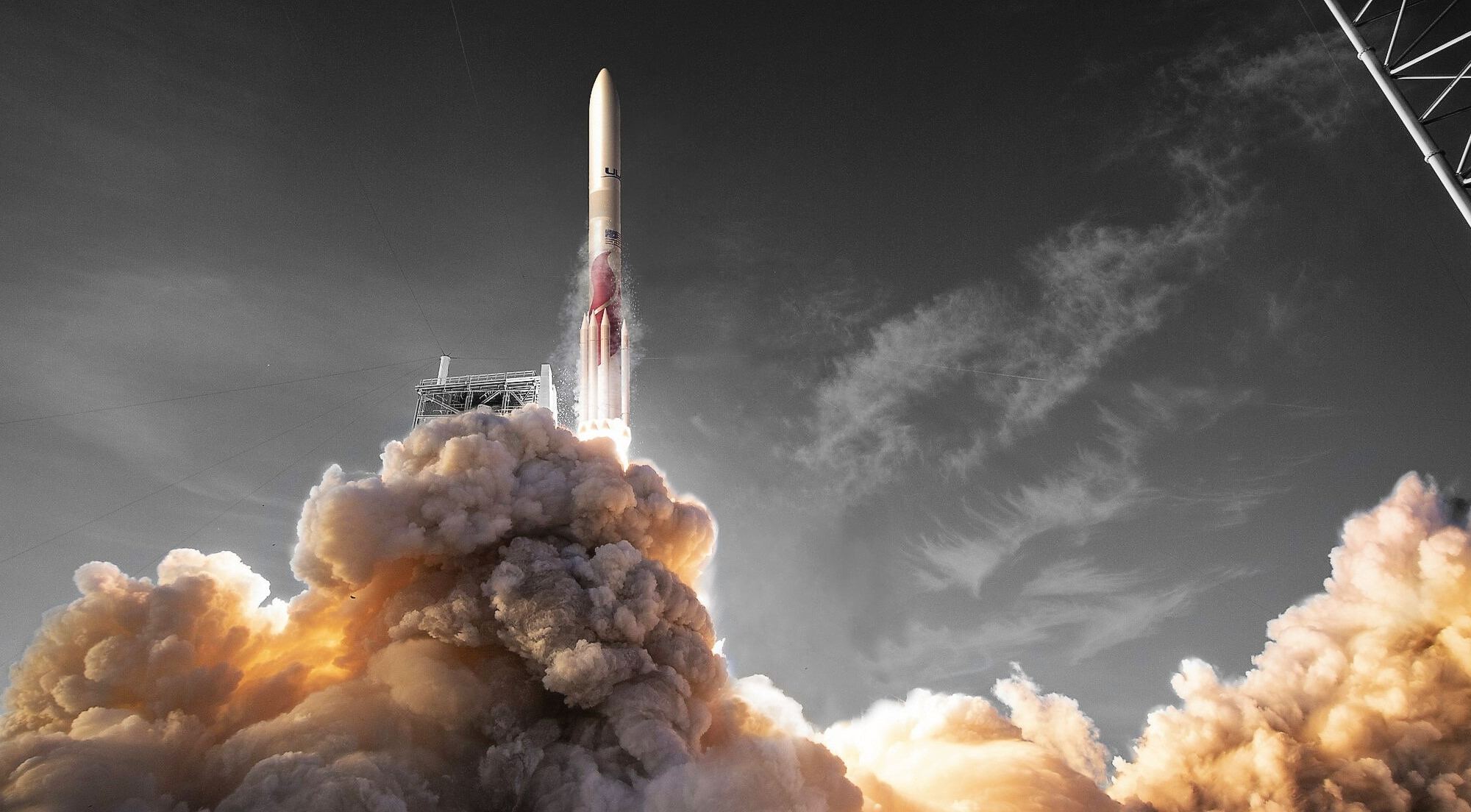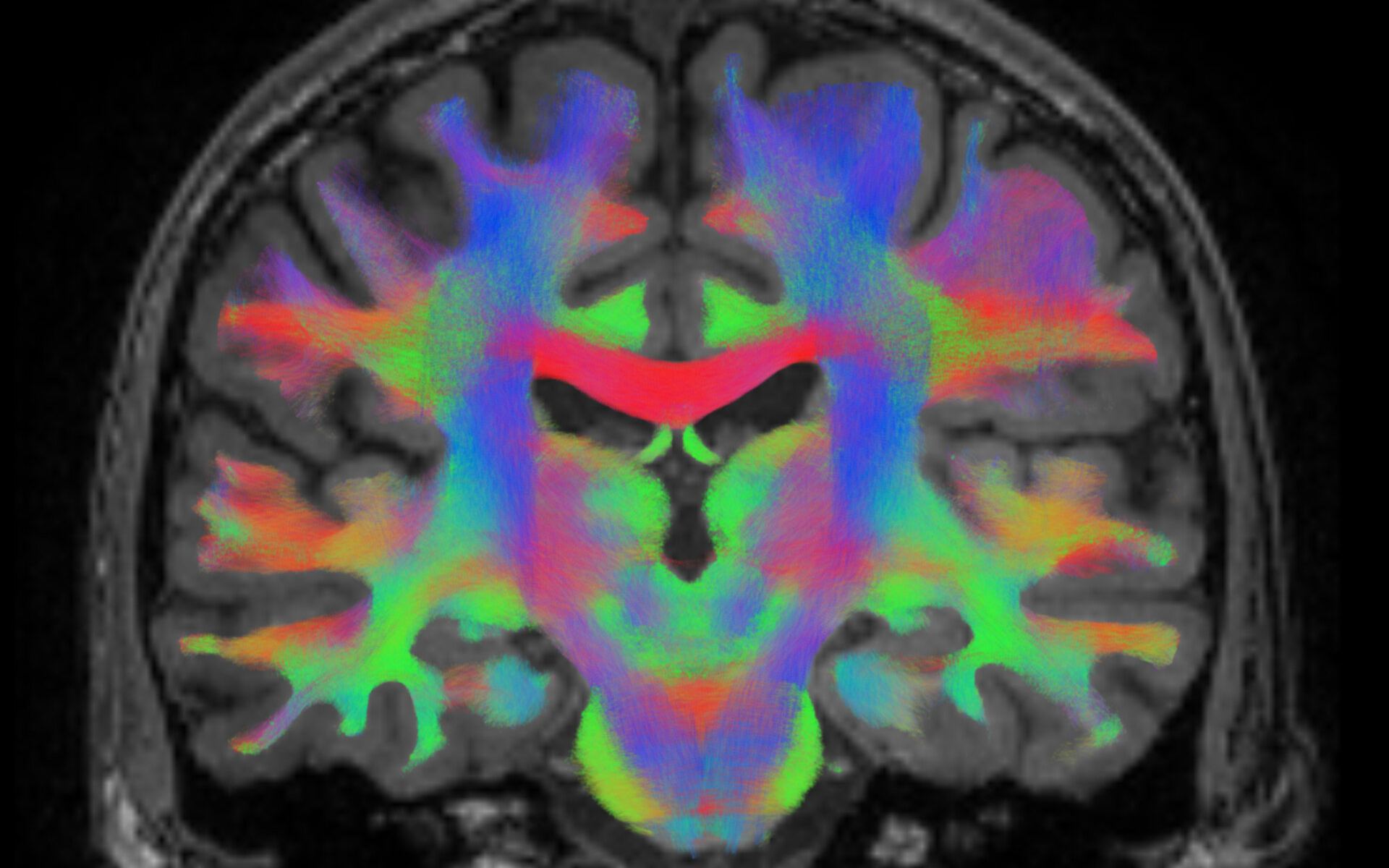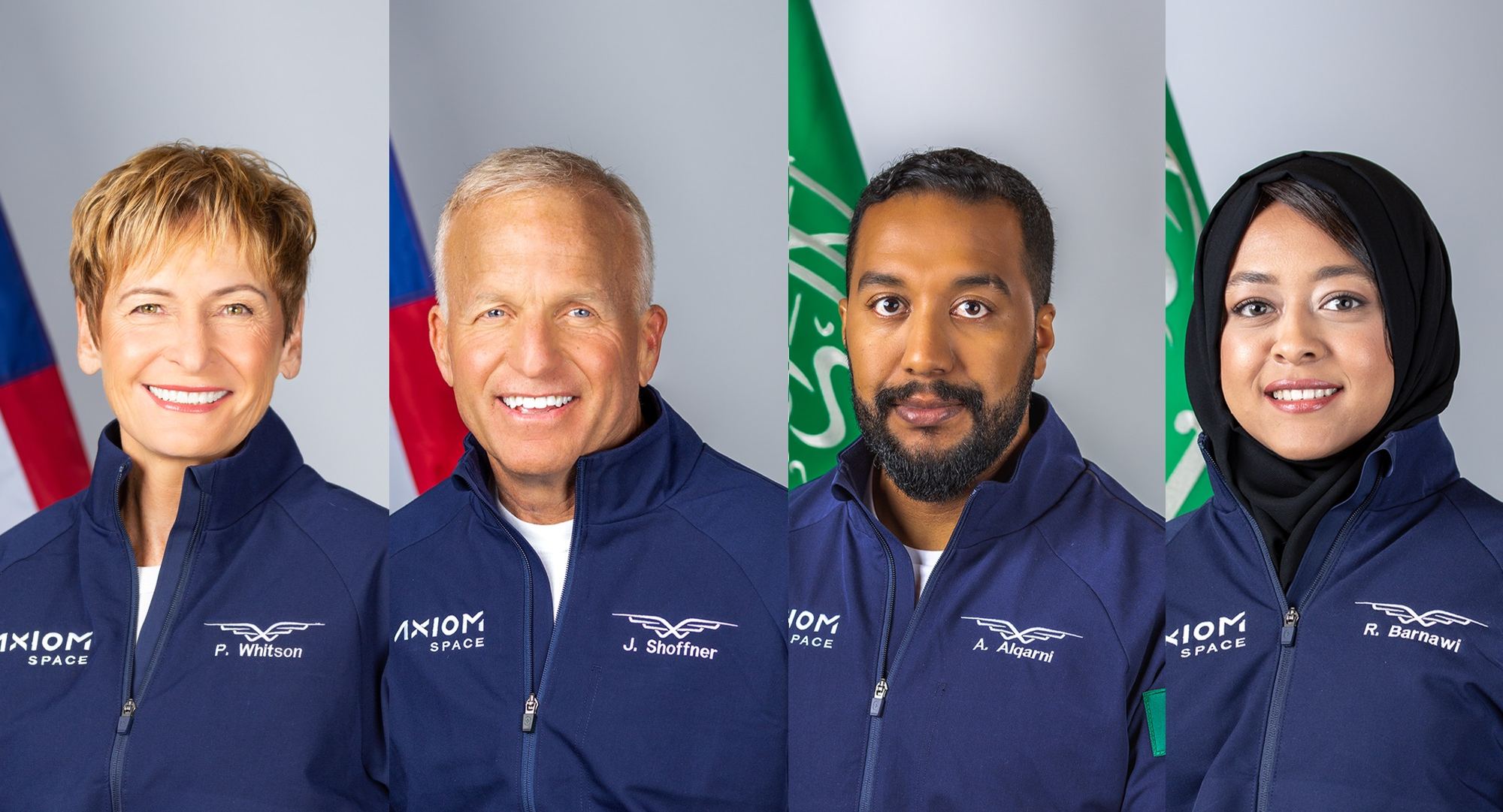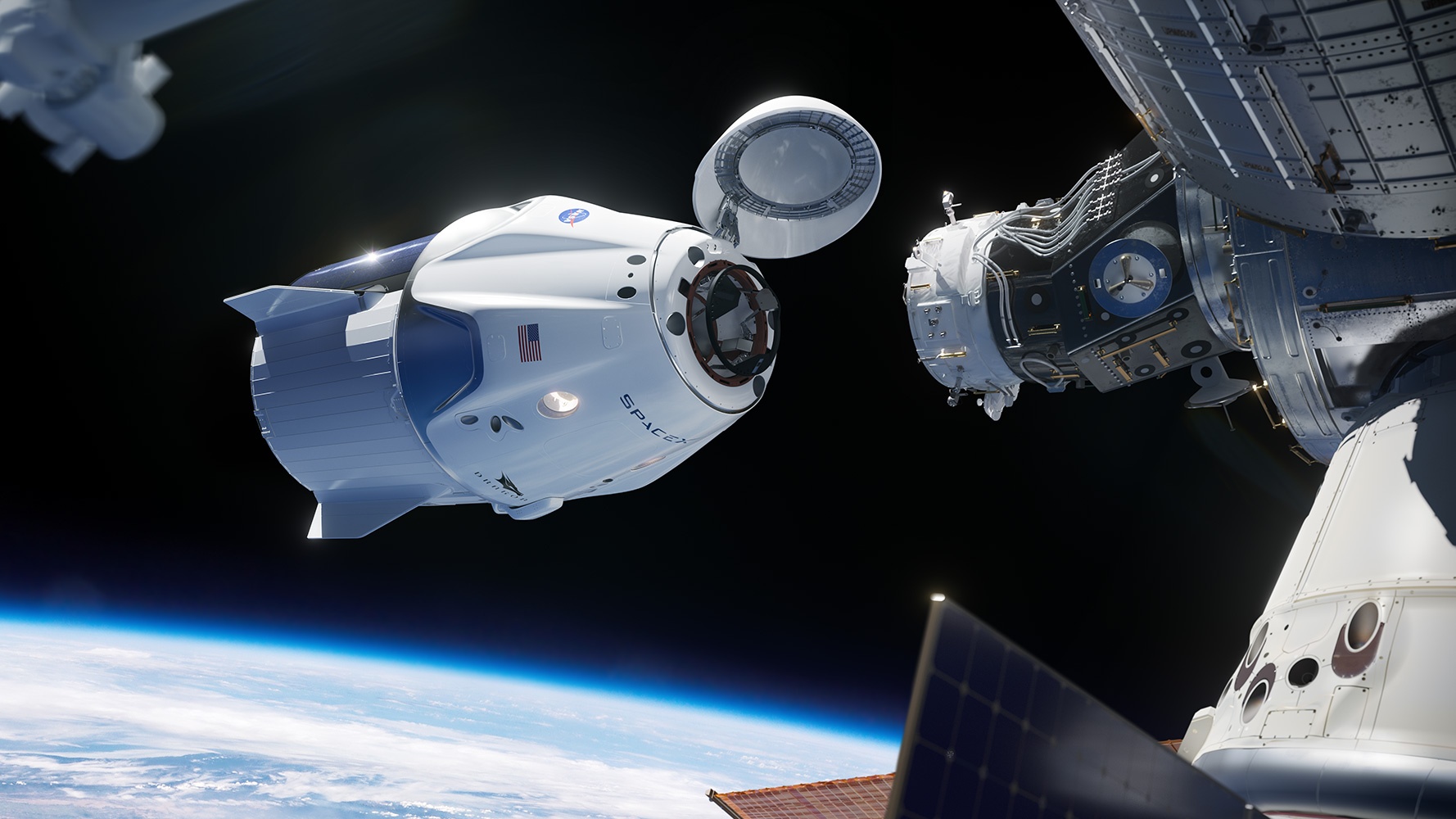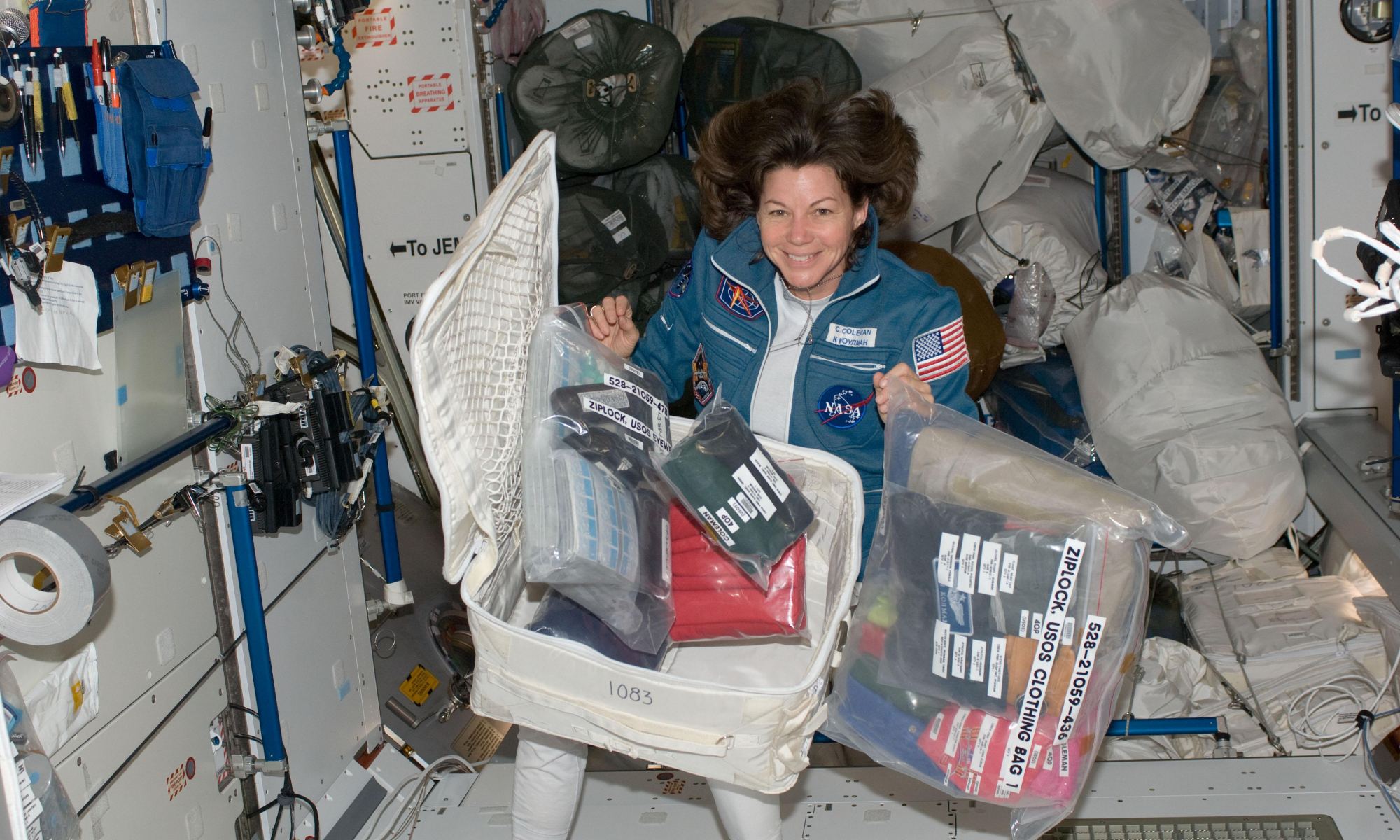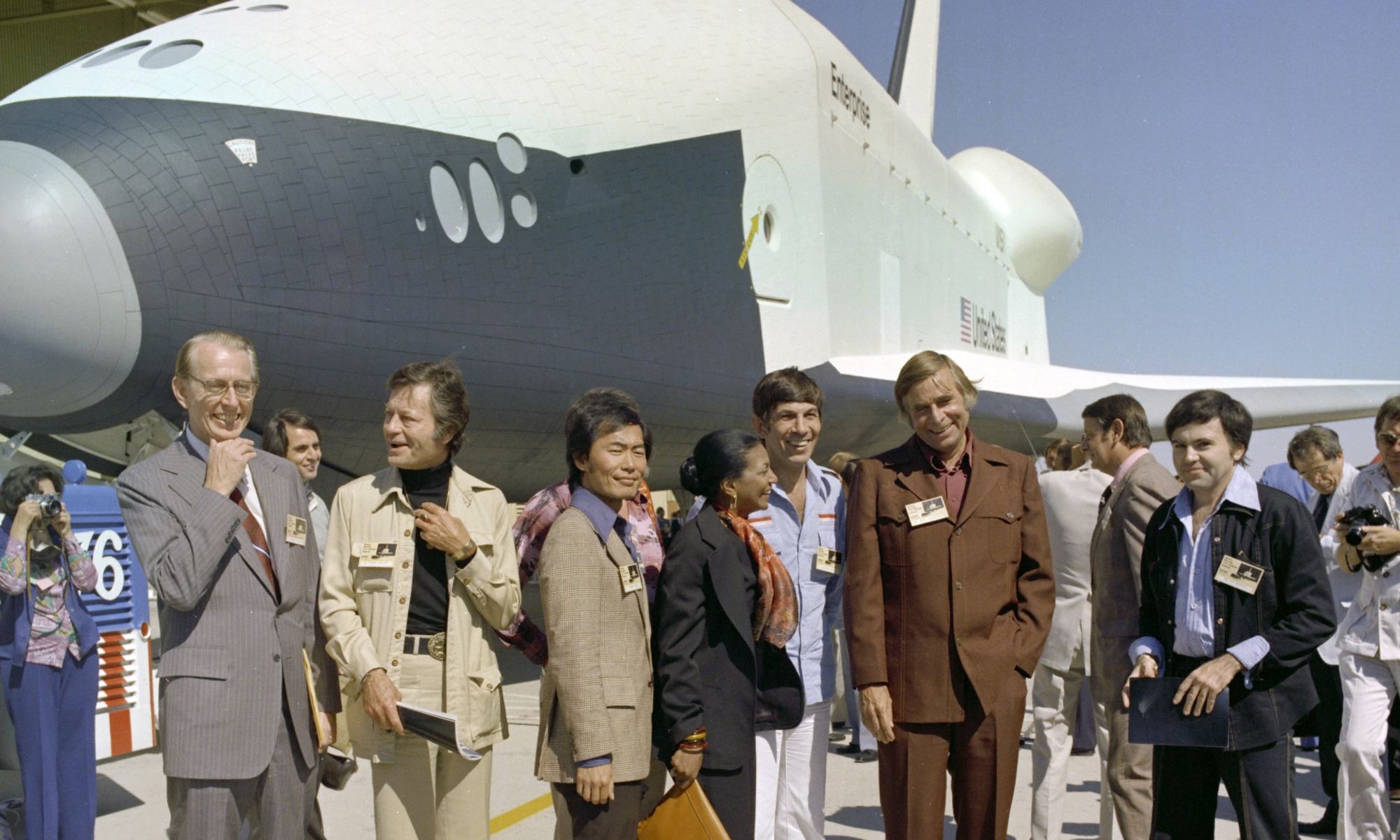SpaceX’s Starship launch system lifted off on its first full-scale test flight today, rising majestically from its Texas launch pad but falling short of stage separation.
The uncrewed mission represented the most ambitious test yet for the world’s most powerful rocket — which eventually could send people to the moon and Mars, and even between spaceports on our own planet.
Liftoff from SpaceX’s Starbase complex at Boca Chica on the South Texas coast came at 8:33 a.m. CDT (9:33 a.m. EDT). The Starship system’s Super Heavy booster, powered by 33 methane-fueled Raptor rocket engines, rose into clear skies with a deafening roar and a blazing pillar of flame.
Hundreds of SpaceX employees cheered at the company’s California headquarters, but the crowd turned quiet three minutes into the flight when the Starship upper stage failed to separate from the booster as planned. The entire rocket spun in the air as a ground-based camera watched.
A minute later, SpaceX’s flight termination system destroyed both stages of the rocket as a safety measure. “Obviously, we wanted to make it all the way through, but to get this far, honestly, is amazing,” launch commentator Kate Tice said.
Continue reading “SpaceX’s Starship Has a Glorious Liftoff — but Then Spins and Explodes”


